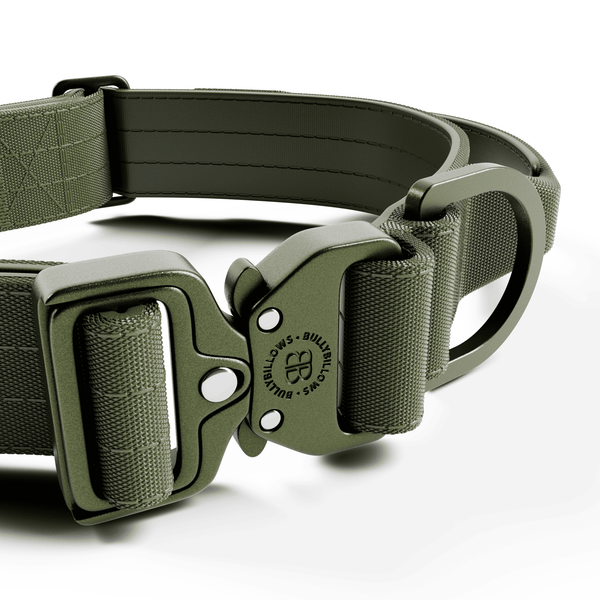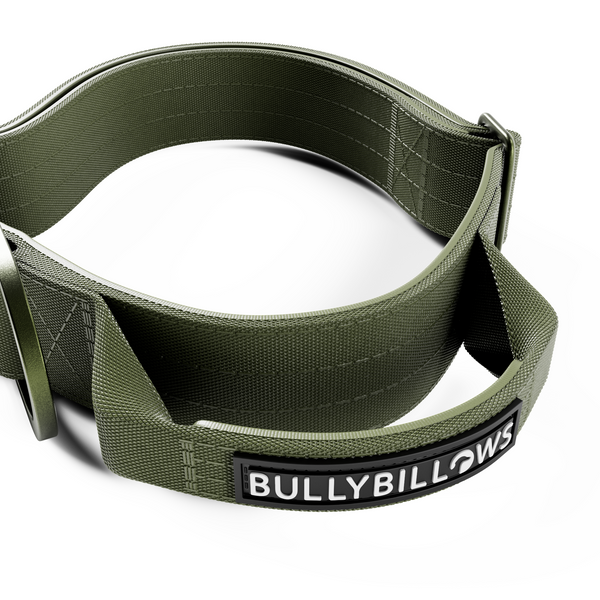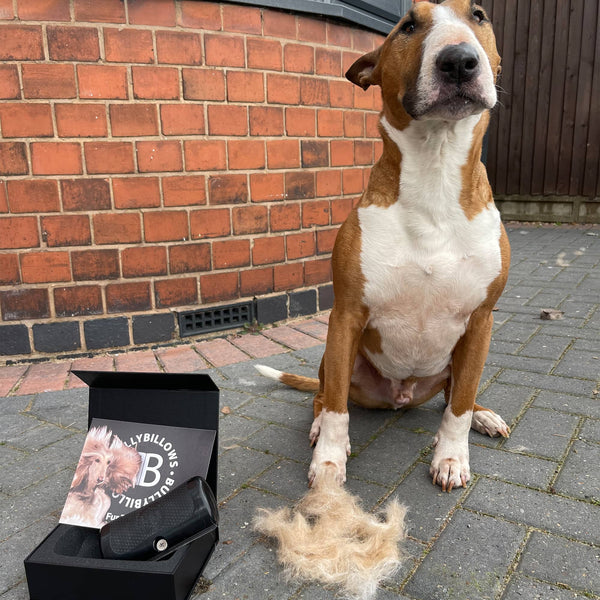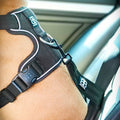Preventing fleas and ticks is a really important part of being a dog owner. If a dog has a tick or flea infestation and is left untreated, the dog could have a very serious illness. And, of course, we do not want that to happen. We know how much you love your dog, so we’ve compiled this guide to preventing fleas and ticks.
We’ll go through tips to prevent fleas and ticks, what to do if your dog has them, how to remove a tick, and what signs to look out for if you think your dog may have a tick or fleas.
Our top tips for preventing fleas and ticks on dogs…
Now, the bit you came here for! Below are five of our tips for preventing fleas and ticks. This might be a good time to bookmark this page if you need to come back to this list in the future.
Check-in with your dog regularly
Checking in on your dog will help spot any ticks or fleas you may otherwise miss. Make it a part of your daily or weekly routine. Look for any unusual lumps or bumps. When you get home from a walk, it is especially important to check your dog where there could have been a tick—for example, any form of woodland or tall grass.
Keep grass short
Ticks love long, high grass. Keep on top of your garden maintenance; ticks should be less inclined to breed.
Use flea treatment
Make sure you keep on top of their flea treatment and don’t use out-of-date treatment.
Groom regularly
Grooming is a great opportunity for you to see if there are any parasites on your dog. Thoroughly wash and check their skin and fur for any unwanted guests.
See your vet regularly
Book check-ups with your vet. If you miss a tick and it’s left untreated, your dog could become very ill. If a vet regularly sees your dog, it will rule out potential health concerns.
Wash your dog’s bed and toys
Washing any bedding and soft toys in hot water and detergent will help kill parasites that may be making themselves at home. We would recommend washing their bed once a week.
Signs your dog may have a tick
Here are some key signs to look out for if your dog has a tick. If you notice your dog suffering from any of the following, thoroughly look for a tick on your dog and contact your vet if you’re concerned about their health.
A lump
A tick can feel like a small bump on your pet's skin. It's always a good idea to check your dog's skin if they seem uncomfortable or have been in an area known for ticks.
Unusual scratching or biting
If your dog is paying extra attention to a specific area of their body, it might be because a tick has attached itself there.
Unable to walk normally
Ticks can cause paralysis. This could be a little wobble or unable to walk. If your dog isn’t walking properly, speak to your vet as soon as possible. They’ll be able to give you the best advice for your dog's needs.
Difficulty eating
A tick bite can cause a dog to have a fever. Other symptoms like a loss of appetite might accompany this. They may be off their food, or only eating a little bit. Keep an eye on their food intake.
If your dog is experiencing any of the points above, get in touch with your vet and take their advice for the next steps.
How to safely remove a tick from your dog
If your dog has unfortunately got itself a tick, you’ll need to remove it as soon as possible. The longer the tick is attached to your dog, the more likely it will transmit a nasty disease.
Don’t use your fingers to remove the tick. You’ll need some fine-point tweezers or a tick removal hook. Carefully and gently spread your dog's fur and grasp the tick with the tweezers or hook. Ensure the whole of the tick is removed. If any of the ticks remains, your dog could become seriously ill.
Signs your dog may have fleas
Fleas can cause a lot of irritation for a dog, here are some signs to look out for if
Irritated skin
A dog's skin could be red, sore, and bumpy if they have fleas. Keep an eye on their skin so you know if it changes.
Visible flea faeces
If your dog does have fleas, you may be able to spot flea faeces on your dog's fur coat.
Excessive scratching
If your dog is suffering from a flea infestation, you’ll notice they are scratching themselves a lot. Monitor how often your dog is scratching, then you will know if it happens more often and if they likely have fleas.
Anaemia
In extreme cases, fleas can feed on so much blood that it leads to anaemia. Your dog may have pale gums if they’re suffering from anaemia.

How to treat a dog with fleas
Step 1: Bath your dog
Lather the medicated flea shampoo all over your dog's body, especially around the neck and tail area. Let it sit on the skin for at least 5 minutes before rinsing thoroughly with water. This could vary depending on the product. Be sure to thoroughly read the instructions or ask a vet if you’re not sure.
Step 2: Apply flea medication
Use a flea pill, topical flea medication, or flea collar to prevent future flea infestations. Be sure to follow the flea treatment’s instructions.
Step 3: Vacuum and flea bomb
If your flea infestation is particularly severe, you can use a flea bomb to kill all the fleas in your home. Once they have all died, vacuum your entire house.
How often should you apply flea treatment?
It will depend on the product, but often flea treatments should be carried out once a month.
Discover more with BullyBillows
We hope you found this helpful. Remember, fleas and ticks are a part of life with pups and treatable. If you’d like to discover more articles about our favourite four-legged friends, see our handy dog blog for more news and dog-related advice.
Explore the full BullyBillows dog leads and dog harnesses range today!
Read more from BullyBillows: Tips to Keep Your Dog Cool in Summer | The Friendliest Dog Breeds | Do Dogs Dream and What Do They Mean?
































































